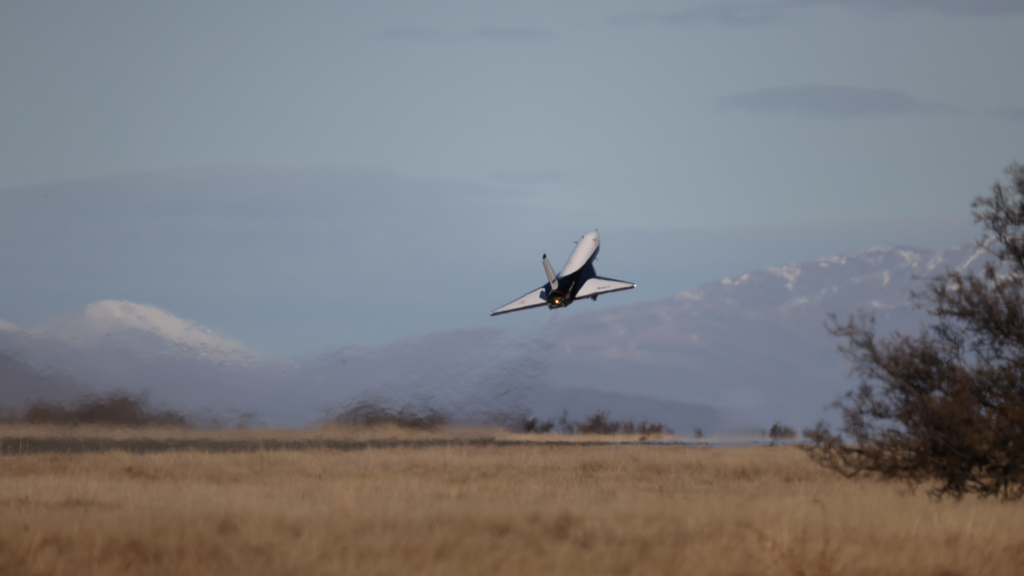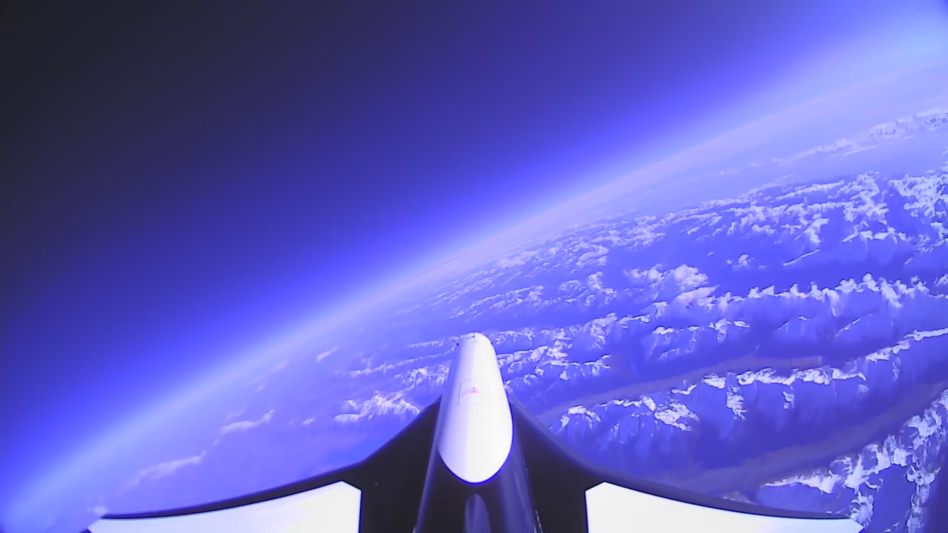Dawn Aerospace, a New Zealand space transportation company, will fly sensors for US firm Scout Space to prove out a space domain awareness capability for ultra-low flying satellites, the two companies announced Thursday.
In November, Dawn’s Mk-II Aurora reusable, uncrewed rocket plane will fly a suborbital mission from Christchurch, NZ with two Scout Sparrow sensors aboard. The mission will capture images of astronomical bodies, demonstrating the companies’ ability to track and monitor targets in Very Low Earth Orbit (VLEO).
Dawn and Scout are funding the mission themselves as R&D for their respective product lines, but hope that success will win over national security customers.
Low riders: VLEO—the area between 90 and 450 km above the planet—is attracting interest from spacecraft operators because it offers a closer vantage point of Earth. US firms such as Redwire, Phase 4 and Albedo are developing VLEO spacecraft and propulsion systems, as is the Chinese space and defense contractor CASIC.
However, characterizing and monitoring spacecraft in VLEO isn’t easy, Scout CEO Philip Hover-Smoot said.
- Terrestrial systems have trouble tracking high-speed passes at low altitude.
- Satellites have trouble spotting spacecraft against the backdrop of the planet below, particularly from different orbital planes.
The ability to launch a relatively cheap reusable spacecraft with sensors to track and understand VLEO spacecraft could be attractive—assuming there’s enough activity to monitor.
“The Pacific theater of operations is one of the biggest problems from an SDA operator’s perspective,” Hover-Smoot said. ”If we can take five of these things, chuck them in the back of a C-130, a C-17, fly them to a random atoll somewhere in the Pacific, and go image something…there could never be a ground sensor that can do it.”
High fliers: Dawn has flown Aurora more than 50 times; the most recent test flight in July saw the vehicle reach an altitude of 15 km before returning to land on the runway; CEO Stefan Powell said the Scout mission will aim to fly to 24 km or higher.
Ultimately, Dawn wants Aurora to fly twice daily to 100 km and reach hypersonic speeds, which could give it the capability to carry a variety of sensor and research payloads. While the company’s goal is to eventually develop an orbital launch system, Powell doesn’t plan to wait on that to start making money.
“Early stage traction and market validation is really important to us as a company,” Powell told Payload. “We want to plant the flag way out and say we’re going to go on this really hard, difficult, awesome mission, but we’re going to do real things right now that matter to the world.”





